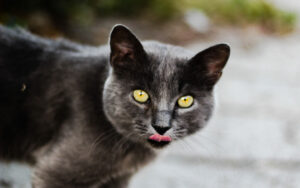Trap, Neuter, Return (TNR)
TNR (Trap, Neuter, Return) benefits the whole community. It improves the lives of feral cats, decreases the size of colonies over time, and eliminates neighbourhood nuisance.
During TNR, young kittens and friendly cats are taken to SPCA shelters where they will be cared for until they’re ready to find a forever home. Feral cats, who would be happier living outside, are humanely trapped, spayed/neutered, ear-tipped and returned to their local colony or a barn home.
Cats who are spayed or neutered are better neighbours. Citizens will find less spraying and reduced smell from intact males, less fighting over female cats, and elimination of new stray kittens being born. Over time, colonies reduce through natural attrition.
Report a Cat Colony
Request services of the SPCA Moblie Spay/Neuter Clinic or in HRM the services of the Halifax TNR project, at no cost to you the caretaker, with this form.
Request HelpVolunteer to Help
You can help by volunteering your time. Volunteers will be needed to assist with trapping, transporting, and caring for cats while they recover from surgery.
Apply to VolunteerReturning Feral Cats
Returning the sterilized cat to its colony is crucial to reducing the colony size as new members will not join a feral cat colony with a stable number of neutered cats. Trap-Neuter-Return Population Control Programs maintain the colony in a healthy and secure state leading up to the eventual attrition of members.
The Nova Scotia SPCA believes that not feeding feral cats is not the solution because starving cats will still mate. Concerned residents who are interested in providing food for or managing colonies are encouraged to contact us at catcolony@spcans.ca and together with local rescue groups, we can provide advice and support.
Kittens that are within the critical window for domestication are removed, socialized and adopted.
Pawsitive Partners
By working together with local rescue groups across the province we can make the most improvement in the welfare of the feral cat population through spay/neuter.
We are always looking to develop new partnerships to help us reach more areas and help more caretakers and feral cats.
We ask rescue groups to abide by the following protocols:
- Quick-release after surgery – Depending on the weather, cats should be released between 12-48 hours after surgery. The most common complications after a spay/neuter surgery are caused by stress. By returning them to their colony quickly we are keeping them as stress-free as possible.
- Cats must be released back to their home colony, unless you have secured a new caregiver willing to take them in and provide a transitional period and ongoing care, such as a barn home.
- The Nova Scotia SPCA does not test for Feline Leukemia or FIV for every feral cat. This is in line with the position statement by Alley Cat Allies. We believe that when dealing with limited funding the best action is to focus on spay/neuter services over other medical procedures. Once a cat is spayed or neutered the chance of transmitting any illness is drastically reduced as these diseases are primarily spread through fighting or breeding activities – both of which are prevented through spay/neuter.
- The Nova Scotia SPCA will perform an ear tip for all cats trapped. This is essential for visual identification of a fixed feral cat and is mandatory so we can save everyone time in the future once the cat is released.

Ear-tipping
Ear-tipping is an effective and universally accepted method to identify a spayed or neutered community cat. Ear-tipping is the removal of the distal one-quarter of a cat’s left ear, which is approximately 3/8 inch, or 1 cm, in an adult and proportionally smaller in a kitten.
This procedure is performed under sterile conditions while the cat is already anesthetized for spay or neuter surgery. There is little or no bleeding, it is relatively painless to the cat, and the ear-tip does not significantly alter the appearance or beauty of the cat.
Ear-tipping is the preferred method to identify spayed or neutered and vaccinated community cats because it is difficult to get close to them and therefore the identification must be visible from a distance. Community cats may interact with a variety of caregivers, veterinarians, and animal control personnel during their lives and so immediate visual identification is necessary to prevent unnecessary second trapping and surgery.
